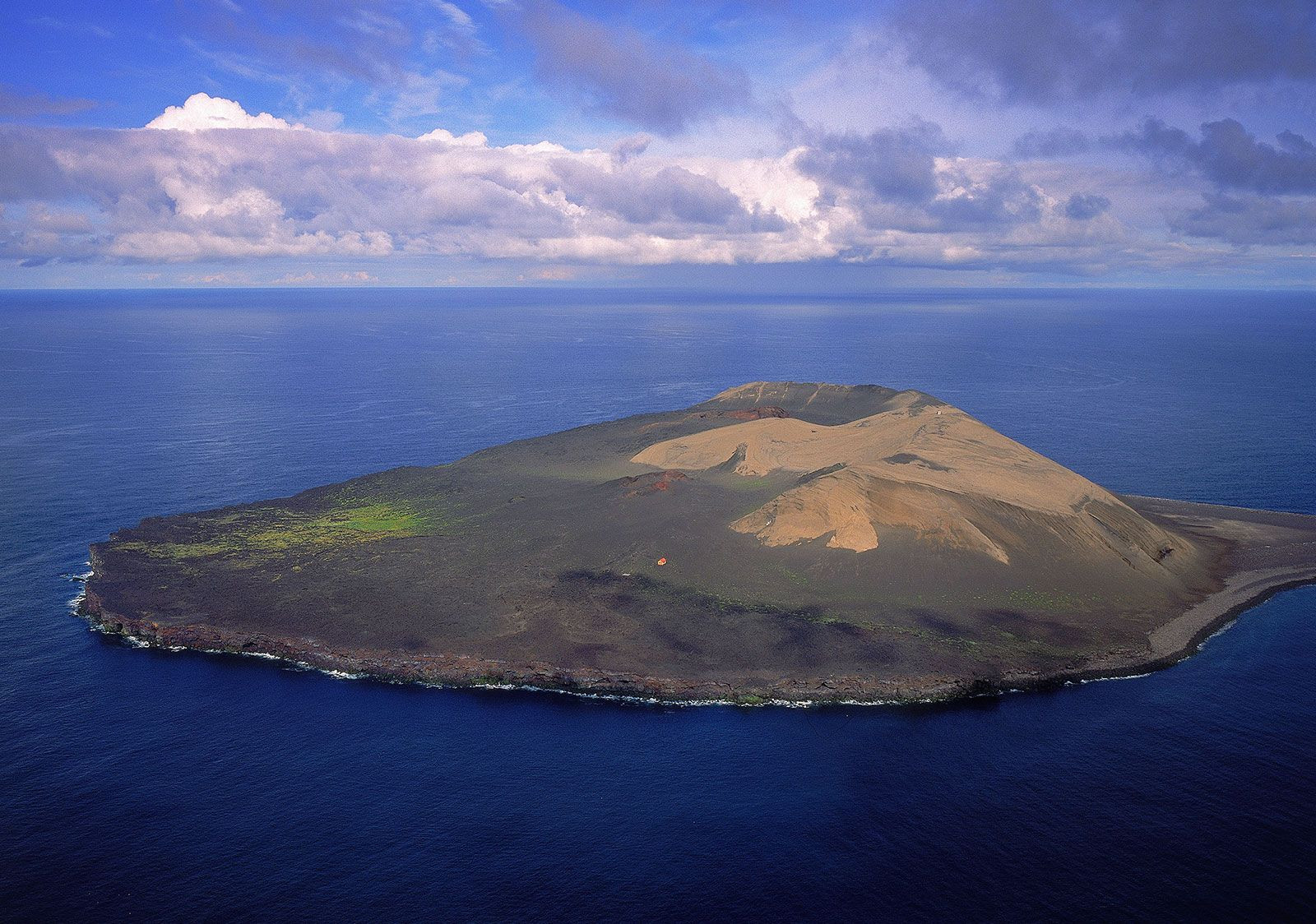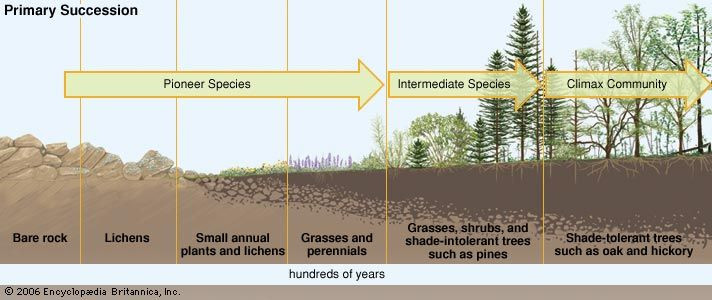In the realm of ecology, nature showcases remarkable resilience and the ability to establish life even in the most inhospitable environments. Central to this process are pioneer species. These are hardy organisms that are the first to colonize barren or disturbed ecosystems, initiating a chain of ecological changes that pave the way for more complex communities. Understanding what pioneer species are, and the critical role they play, is fundamental to grasping ecological succession and ecosystem development.
Pioneer species are the vanguard of ecological communities, arriving first in areas where life is absent or nearly so. Consider Surtsey, a volcanic island that dramatically emerged from the Atlantic Ocean near Iceland in 1963. This newly formed land was initially devoid of life, a blank slate for ecological processes. It wasn’t long before pioneer plants such as sea rocket (Cakile arctica) and mosses began to colonize the harsh volcanic landscape. These early inhabitants are quintessential examples of pioneer species at work.
Characteristics of Pioneer Species
Pioneer species share several key characteristics that enable them to thrive in harsh, resource-poor conditions. These adaptations are crucial for their survival and their role in ecosystem development:
- Tolerance to Harsh Conditions: Pioneer species are exceptionally tolerant of extreme environmental conditions such as intense sunlight, nutrient-poor soil, and water scarcity. They can withstand the stresses of barren environments where other species cannot survive.
- Rapid Reproduction and Dispersal: Often, pioneer species reproduce quickly and have effective dispersal mechanisms, such as wind-borne seeds or spores. This allows them to reach and colonize new areas rapidly.
- Nutrient Cycling Initiation: Many pioneer species play a vital role in initiating nutrient cycles within an ecosystem. For instance, lichens and certain microorganisms can fix nitrogen from the atmosphere, converting it into forms usable by plants, thereby enriching the soil.
- Soil Formation: Perhaps one of the most critical functions of pioneer species is their contribution to soil formation. As they grow and die, their organic matter mixes with the parent material (like rock), starting the slow process of soil development. Lichens, for example, secrete acids that break down rocks, further accelerating soil formation.
The Role in Ecological Succession
Pioneer species are indispensable in the process of ecological succession, particularly primary succession. Primary succession begins in lifeless areas such as bare rock exposed after glacial retreat, newly formed volcanic islands, or sand dunes. In these environments, there is no existing soil or organic matter.
Pioneer species are the first to colonize these barren landscapes. They begin to modify the environment, making it more habitable for subsequent species. Their actions lead to:
- Soil Development: As mentioned, pioneer species initiate soil formation, creating a substrate that can support plant life.
- Habitat Modification: They alter light levels, humidity, and nutrient availability, creating microclimates and conditions that are less extreme and more favorable for other organisms.
- Nutrient Enrichment: Through nitrogen fixation and the accumulation of organic matter, they enrich the nutrient content of the soil, making it fertile enough for more demanding plant species.
Following the pioneers, intermediate species like grasses, ferns, and shrubs arrive, taking advantage of the modified conditions. These species further develop the soil and alter the habitat. Over time, this process continues, with each stage of succession modifying the environment until a climax community, a stable and mature ecosystem like a forest, is established.
Examples of Pioneer Species
Pioneer species are diverse and can include various forms of life:
- Lichens: These composite organisms, a symbiotic partnership between fungi and algae, are classic pioneer species on bare rock. They can withstand desiccation and extreme temperatures and are instrumental in breaking down rock and initiating soil formation.
- Mosses: Similar to lichens, mosses are early colonizers that can grow on bare rock and contribute to soil development through their growth and decomposition.
- Microorganisms: Bacteria and other microorganisms are often the very first colonizers, even preceding lichens in some environments. They can prepare the substrate for other pioneer species and play a crucial role in nutrient cycling.
- Vascular Plants: Certain hardy plants like sea rocket and some grasses are also pioneer species, particularly in coastal or disturbed areas. They can germinate in poor soils and further stabilize the environment.
In conclusion, pioneer species are the unsung heroes of ecological establishment and succession. They are the first wave of life that transforms barren landscapes into thriving ecosystems. By understanding what pioneer species are and their ecological functions, we gain a deeper appreciation for the intricate processes that shape the natural world and the remarkable ability of life to colonize and persist, even against the odds.


 primary ecological succession
primary ecological succession
